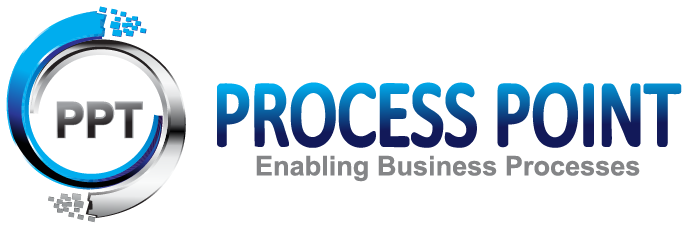OATS Testing during Digital Transformation for Oracle Applications
Project Overview
- Customer is a large fitness training and distributor of wellness products.
- Customer embarked on a major business transformation journey based on a digital strategy to improve the customer experience.
- As part of this initiative, the customer was implementing Oracle Applications, Oracle PLM, Oracle ATG long with SOA based integrations for their one of the business.

Objectives / Challenges
- The customer was running Oracle to support their business operations. Since the customer was transforming business-critical technologies by implementing several Oracle applications, application testing is a big challenge as there are several moving parts (various wave releases).
- The customer was manually conducting the regression testing of these applications. Cost of implementations is high due to long testing cycles.
- Inadequate testing is leading into issues causing delays in meeting target dates of deployment which in turn impacting their business.
- The customer has decided to conduct a pilot with PPT to automate the application regression testing to evaluate the value of automated application testing.

Solution Implemented
- Implemented Oracle Applications Testing Suite (OATS) version 12.5.0.2.0 for extending the automation to Oracle E-Business Suite R12 for Oracle SCM applications.
- Modules automated were Bills Of Material (BOM), Cost Management (CM), Form Personalization, Interfaces, Inventory, Purchasing, Receiving, Work-In-Progress (WIP).
- Identified 80 scripts for automation out of 200 functional scenarios provided by the customer.
- Over 80 scripts were automated across all the modules from Oracle SCM application.

Benefits Delivered
- Customer leveraged OATS scripts for functional regression testing of Wave 1 of the transformation program.
- Automated the application testing including the complex interfaces, workflows, form personalizations, etc., to reduce the burden of manual testing.
- Reduced the cycle time, cost of regression testing of the applications and improved the quality.
- Increased the reliability and repeatability of the regression testing.
- Ongoing application maintenance was performed.

